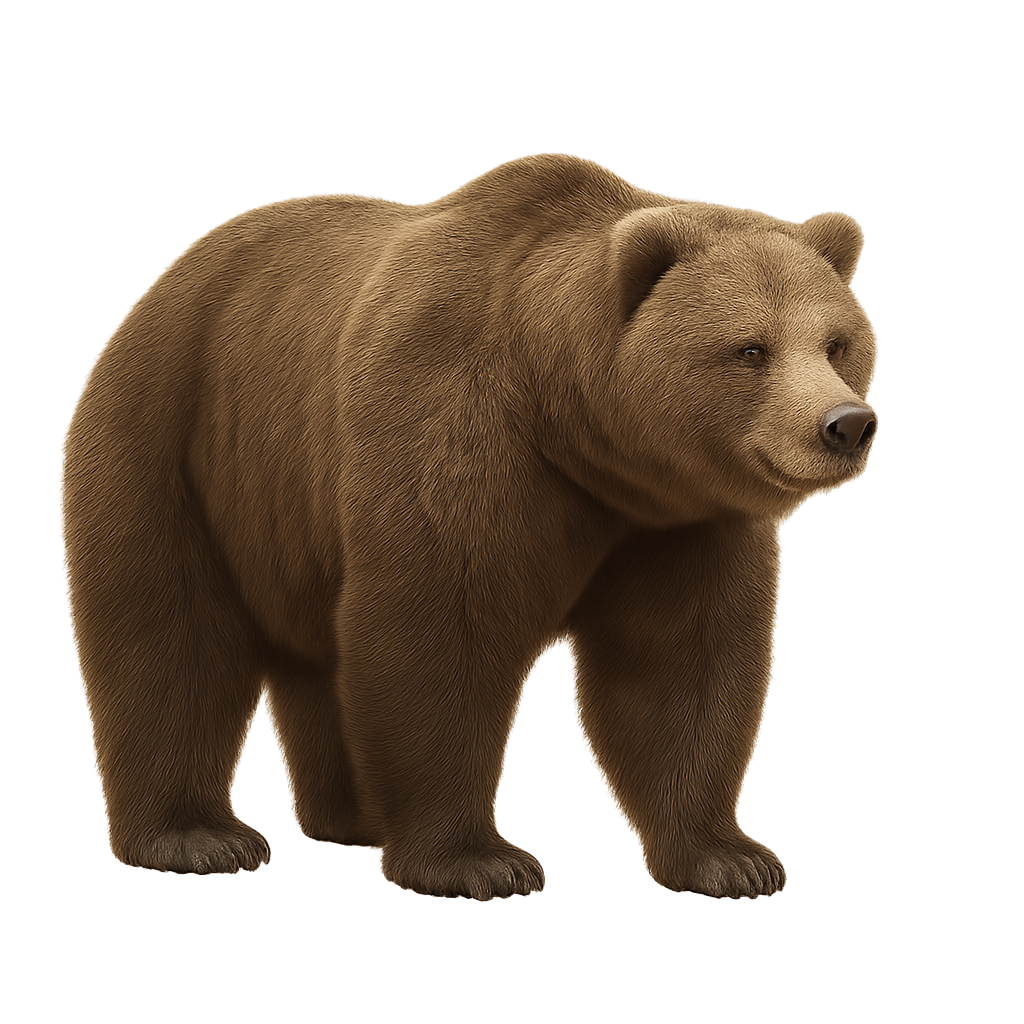Observe and photograph a species in its natural habitat
Learn where and when to observe a species in the wild, how to recognize it in the field, and what habitats it lives in. Get photography tips adapted to its behavior and capture stunning images without disturbing the animal. For full details, open the complete profile in the WildlifePhotographer app.
Grizzly bear
Scientific name: Ursus arctos horribilis

IUCN Status: Least Concern
Family: URSIDAE
Group: Mammals
Shyness: Shy
Safe distance: 50 m
Breeding season / Courtship: 01.05-30.06
Gestation: 6 à 9 mois
Births: 01.01-31.03
Habitat:
Temperate and boreal forests, mountains, and woodlands of the USA, Canada, and Alaska
Description:
The Grizzly Bear is a subspecies of the brown bear, imposing and robust, often considered one of the most powerful land predators in North America. It measures between 2 and 3 meters in length, with a shoulder height ranging from 1 to 1.5 meters, and weighs between 200 and 680 kg, with males generally being larger than females. Its fur is dense and can range from light to dark brown, sometimes with silver hues that give it a grizzled appearance. The Grizzly primarily inhabits forests, mountains, and prairie areas in North America, notably in Alaska, Canada, the Rocky Mountains, and U.S. national parks like Yellowstone. Omnivorous, it primarily feeds on berries, roots, fish, but also small mammals and sometimes animal carcasses. While feared due to its size and strength, the Grizzly is a shy animal and prefers to avoid human contact. The species is protected in many regions, although its population is still threatened by habitat loss, illegal hunting, and conflicts with humans.
Recommended lens:
>=300 mm
Photography tips:
To photograph a grizzly, a telephoto lens is essential to capture its behavior without disturbing it.
Prefer the soft light of morning or evening when animals are more active.
Be discreet and don’t get too close, as grizzlies can be unpredictable, especially when threatened or with their young.
IUCN status: Least Concern. Respect its space and follow local conservation rules to minimize disturbance.
Ready to take action?
Choose your platform and start your free trial today



